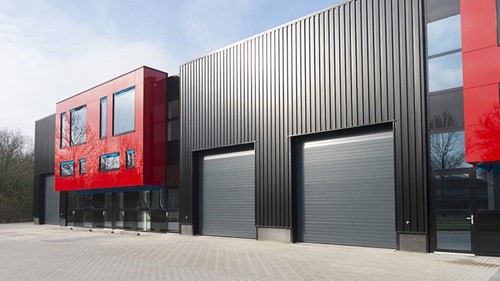Commercial investors returning to the fray
Despite Covid-19 outbreaks, new lockdowns and borders tightening, Australia achieved high vaccination rates, continued fiscal support and corporate earnings growth, which saw investor confidence soar in property assets.
Despite Delta and now Omicron outbreaks, new lockdowns and borders tightening, Australia achieved high vaccination rates, continued fiscal support and corporate earnings growth which saw investor confidence soar across listed, unlisted and direct property assets.
Listed property topped the charts among property asset classes, according to data released by Zenith Investment Partners, Australian Unity, MSCI, the Property Funds Association and the Property Council of Australia, issuing the Property Investment Factsheet each quarter.
As at 30 September 2021, A-REITs delivered a 12-month return of 32.6%, outperforming Australian equities at 31.3%.


Unlisted property funds and direct property also performed strongly during the 12-month period delivering respective returns of 17.6% and 8.9%. Historically low capitalisation rates and recovering rental incomes for COVID-impacted assets contributed to this performance.
The 12-month period in direct property saw industrial and logistics sectors deliver the largest returns, underpinned by rising rents and local and international interest.
In retail property, rental income rose despite continued lockdowns, contributing to the significant 12-month turnaround of total returns. Office property delivered sound income and capital growth through the year, with higher quality assets attracting the most investor demand.

Dan Cave Senior Investment Analyst, Zenith Investment Partners, said figures from the latest quarter shows a healthy recovery across commercial property asset classes which, against a backdrop of lockdowns and a slow vaccine rollout, was encouraging.
"While last quarter saw listed property matching returns of Australian equities, we have now seen A-REITs overtake domestic equities, thanks to the strong third quarter performance of this asset class. This is a clear sign of local and global investor confidence as Australia comes out of lockdown.
"Historically low interest rates and falling capitalisation rates have undoubtedly been key contributors to the attractiveness of many listed, unlisted and direct property assets over the 12-month period. While the growth of online retailing and supply chain re-alignment coupled with significant investor interest has positively impacted the industrial and logistics sectors, which saw significant cap rate compression over the past 12-months." Mr Cave said.
Damian Diamantopoulos Portfolio Manager REITS/Head of Research -Property, Australian Unity, said the outlook is favourable across industrial, logistics, retail and office sectors, with both capital growth and income opportunities for investors.
"Building on a year of resilience and recovery, the third quarter was one of continued growth for industrial assets, a return to stability for retail and consistently strong investor appetite for quality office property."
"Above all, it's most important for investors in this environment to adopt a diversified investment approach by sector and asset class, whilst also focusing on quality assets with robust leases. By building a portfolio of high-quality assets, investors have exposure to long-term income with more optionality, and these serve to increase certainty of returns and offset risk."
This strong commercial property market momentum is echoed by agents at Kollosche Commerical, Adam & Tony Grbcic, located in Brisbane. The pair said robust interstate migration and population growth will continue to underpin confidence specifically in the Gold Coast market in 2022.
Queensland gained more than 7000 people in the March 2021 quarter from migration, which was more than any other state. Urbis recently projected the Gold Coast would have 812,000 people by the time the 2032 Olympic Games rolls around.
Adam Grbcic said the growing amount of capital on the Gold Coast, brought to the city by an influx of interstate visitors and migrants who have become wealthy from the strong residential sector, will ensure an exciting year ahead. Adding higher population growth will fuel demand for childcare centres, neighbourhood retail and industrial precincts, however there were other sectors of the market expected to benefit as well.
"Demand has definitely grown from investors during covid for convenience retail centres as not only do they provide a freehold, multi-tenanted asset for investors, but a shift in consumer behaviour throughout the series of lockdowns has seen these assets perform better."
The liquidity and growth in the residential market has led to a growing pool of cash-rich commercial property investors looking for investments priced between $1 million and $3 million.
"In the past there were high barriers to entry to this asset class due to banks requiring 30 to 40 per cent deposits. Now, many more investors have this cash in the bank and are fuelling this demand for both tenanted and vacant assets that they can reposition or repurpose."
Tony Grbcic said it is a similar story for industrial property, with demand not expected to wane in 2022.




















